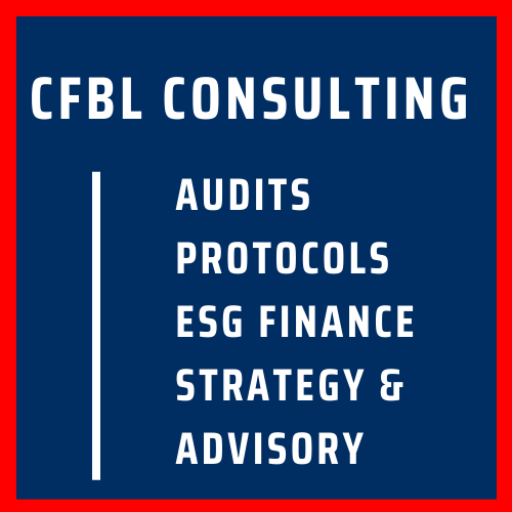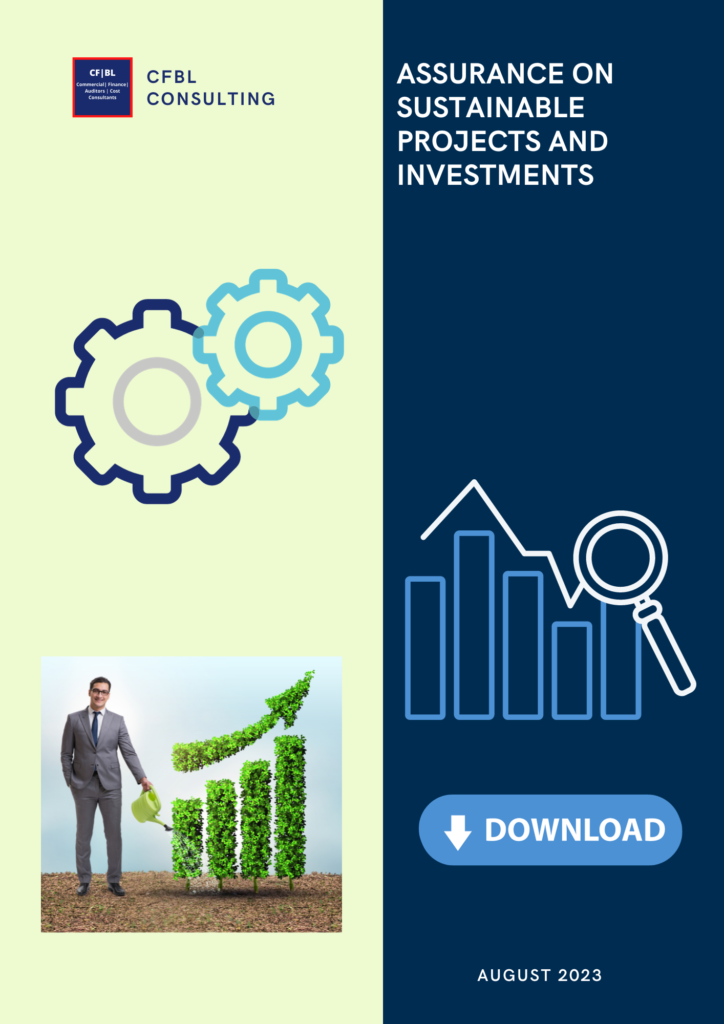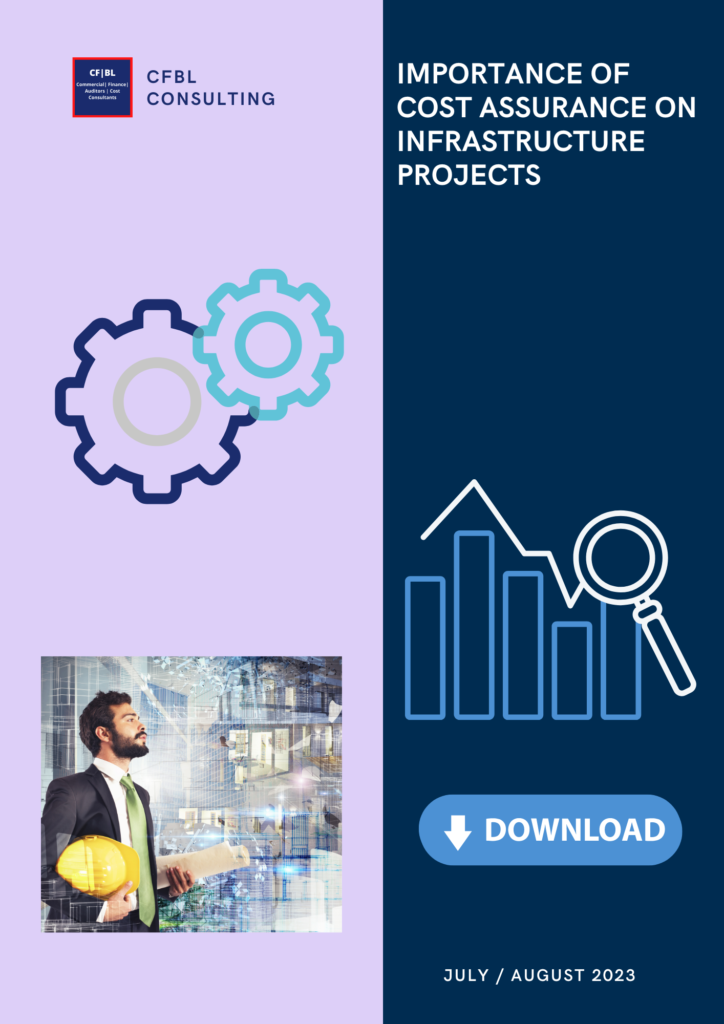What are the causes of disallowed costs?
On infrastructure projects, costs will be incurred to procure needed products, services, and resources to successfully deliver projects. This begins with a realistic estimate, approval of a sustainable investment business case that is strategically aligned, and an accurate budget. A project’s success is often determined by how effectively costs have been managed. When comparing project outturn cost to estimate or budget, often costs will have exceeded the plan and this can be considered a project failure.
There are several reasons why not all project spending is reimbursable costs. For example, costs incurred due to a contractor or consultant’s negligence or incompetence are examples of disallowed costs. These often result in disallowed costs, claims and legal disputes.
In reality, most projects are not completed on time or within budget but are successful, because they have created value from new or enhanced assets and provided infrastructure and social benefits to society. It is vital to develop estimates best likely to accurately reflect outturn cost. This requires an understanding of the project cost, the risk environment, estimating, and budgeting without optimism bias.

What are the common types of disallowed costs?
“Disallowed Cost” as defined by NEC4 Clause 11.2 (26) are costs that the Project Manager has decided are disallowed because they are:
- Not justified by the Contractor’s accounts and records
- Should not have been paid in accordance with the contract,
- Incurred from not following procedures in the works information
- Disallowed due to not giving an early warning notice as required
- For not notifying an adjudication or tribunal proceedings
- For correcting defects after completion
- From not complying with protocols to providing the scope of works
- Plant and Materials not used to provide the works
- Resources not used to provide the works
- Incurred for the preparation for an adjudication, dispute avoidance, or tribunal
The cost of correcting defects after completion, or from non-compliance with the Works Information is disallowed. The Contractor is entitled to be reimbursed for correcting defects that occur prior to completion. Issues arise from unforeseen risks and misinterpreting contract clauses.

What are the common issues with cost-based contracts?
New Engineering Contract (NEC) options C, D and E are types of cost-based contracts where costs can be recovered by a contractor if the cost falls under the correct schedule of defined costs. If the cost overrun is due to the contractor’s inefficiency or fault then this is categorised as a disallowed cost.
On cost contracts, the employer is not liable if the spending is not justified, even if the expenditure has been incurred. Disallowed costs cannot be recovered which often leads to disputes as the Employer is not liable under the contract and the risk of disallowed costs that negatively impact revenue and profit is borne by the contractor himself.
Common issues
- Costs incurred that are not allowed for by the contract
- The cost and financial systems are not mapped incorrectly
- Budget recovery assumptions for costs that are incorrect
- Resource inefficiency and wastage
- Payments incorrectly paid on account
- Cost risks due to inefficiency or poor planning

What are cost-reimbursable contracts?
Cost reimbursable contracts are cost-based open book contracts that allow the employer to reimburse actual defined costs incurred that are justified by the contract and are supported by adequate records. At the start of a project, all reimbursable costs on a project, recovery assumptions, and required records should be pre-agreed with the contractor.
Cost contracts are intended to be collaborative but behaviours seen sometimes include a tendency for one party to attempt passing cost risks to another party due to budgetary constraints. Despite the industry recovery budgetary pressures that remain due to supply chain pressures, resource shortages and inflation will likely worsen these behaviours.
The COVID-19 pandemic hit the UK construction industry hard in 2020, with overall output declining by over 46 per cent year on year in April 2020 due to strong enforcement of measures to stop the spread of the disease. Since then there has been a strong recovery, in construction industry output in the United Kingdom which has seen positive growth rates every month since March 2021.
What is the future outlook for disallowed costs and disputes in construction?

The pie chart above displays the percentage of construction contract disputes in the United Kingdom (UK) between the months of January 2017 to March 2017 by cause – variations, site conditions, and payment problems caused approximately one-third each of construction contract disputes during this recorded time period.
The future outlook is most likely going to be an increase in disallowed costs, claims and construction disputes, although increasing risks, requirements for cost efficiency and the need for risk sharing are fuelling the rise in open-book alliancing contracts.
How to minimise cost overruns and profit risks?
Infrastructure projects generally run on strict budgets. Cost overruns due to incorrect estimating and poor forecasting the project budget is often exhausted well ahead of project completion. This means that clients find themselves under significant budgetary pressures and sometimes need to return to the board for investment funding re-authority when there is insufficient funding to complete projects.
Cost overruns risk can be mitigated by awarding contracts to suppliers with experience in the project risk environment and a relative track record of completing projects on time and within budget. Most importantly the application of lessons learned from past experiences, evidencing earned value and demonstrating wider economic value-added benefits of completed projects must be prerequisites for future cost estimating and decision making about projects and new contract awards.

How to avoid disallowed cost and profit risks?
- Maintain robust records
- Actively managing resources on the project
- Proactive control of changes impacting cost and time
- Ensuring that Early Warnings are flagged and collaboratively
- Active scanning of risks, risk management, and controls
- Ensuring defects are corrected prior to completion of the works.
- Ensuring that the scope and works information is fully understood
- Communicating a cost assurance strategy to stakeholders
- Implementing cost assurance protocols and regimes from the start
What are the causes of disallowed costs?
- Costs incurred that are disallowed by the contract and were not pre-agreed
- The cost system is mapped incorrectly and unaligned with the contract
- Budget recovery assumptions that are incorrect for cost and profit
- Overruns from inadequate funding, estimates, and budgets
- Lack of collaboration and trust between clients and contractors
- Poor quality with defects found after project completion
- Loss of profit due to price increases and unrealistic contract price
- The poor project, change controls, and resource wastage
- Costs incurred due to the contractors’ own negligence
- Errors and incorrect payments made on accounts
Why are cost assurance audits are necessary?
Cost assurance supports the achievement of commercial and financial strategies and independently safeguards the interests of all parties funders, clients, contractors, subcontractors, investors, and taxpayers by ensuring that what was promised is delivered.
This involves establishing protocols for cost-based and alliancing open-book contracts to safeguard project goals and ensure that interdisciplinary teams are aware of their responsibilities in attaining shared objectives, taking ownership of shared risks and rewards to maximise value and minimise risks from disallowed costs. Disallowed costs can be prevented early with a strong control environment with independent checks for people, processes, and system controls.
Protocols for staff, labour, plant, materials, subcontractor, and pre-agreeing substantiation are key. Independent audits and risk reviews should be in place over the asset’s whole life not only at final accounts to examine the effectiveness of commercial and financial controls. Ineffective commercial finance and cost controls result in overruns, disallowed costs, and a lack of collaboration and claims. It is vital to put controls in place early to minimise delays and disputes between the parties that negatively affect value, profit, and return on investment.

References
- https://localgovernmentlawyer.co.uk/sharpeedge/809-sharpeedge-procurement/46486-disallowed-costs-definitions-and-default
- https://www.designingbuildings.co.uk/wiki/Disallowed_cost
- https://www.greycampus.com/blog/project-management/project-cost-why-is-it-important-for-project-managers https://www.statista.com/statistics/617113/contractor-construction-contract-dispoute-causes/
- http://www.infrastructure-intelligence.com/article/jun-2020/length-and-value-uk-construction-disputes-now-lowest-world-says-new-report
- https://www.statista.com/topics/3797/construction-industry-in-the-uk/
- https://www.metroun.co.uk/post/disallowed-cost-explained
Click to download our Reports







Past Blogs

Rising costs, Increased Complexity and Risk on Global Infrastructure Projects

How to maintain the best financial resilience strategy

Open Book Accounting in a Challenging Economy

Risks and Benefits of Companies Going Net-Zero

How Can Disallowed Costs Impact Revenue?

Why Capex Investments Need a Strategy
Testimonials





